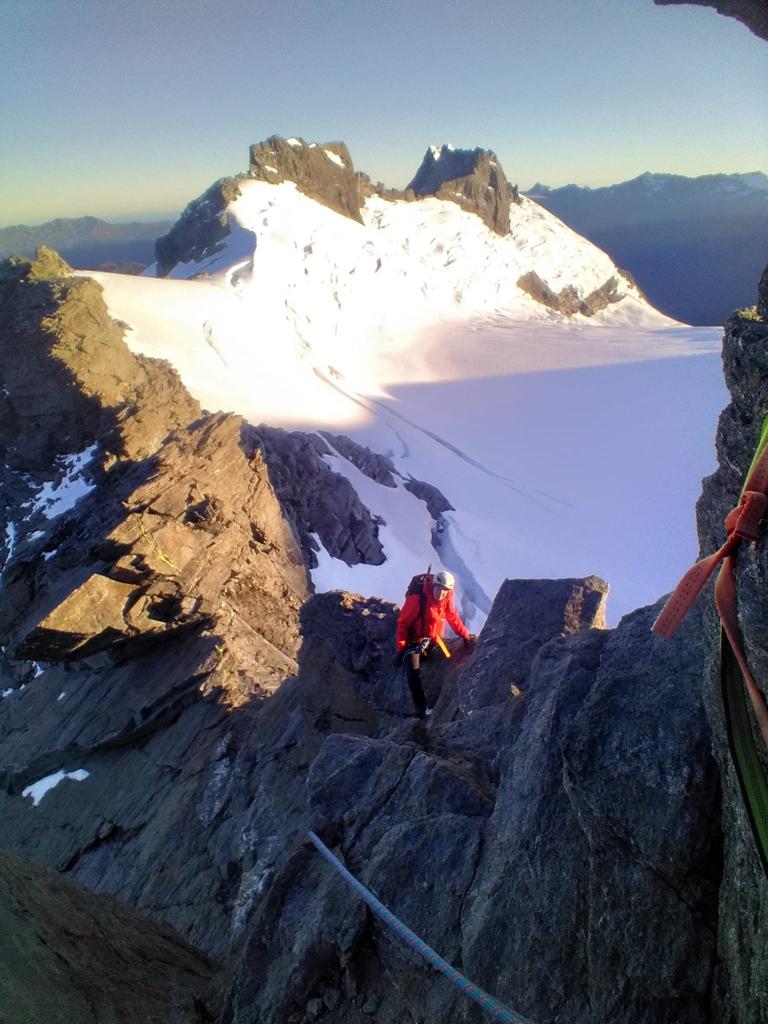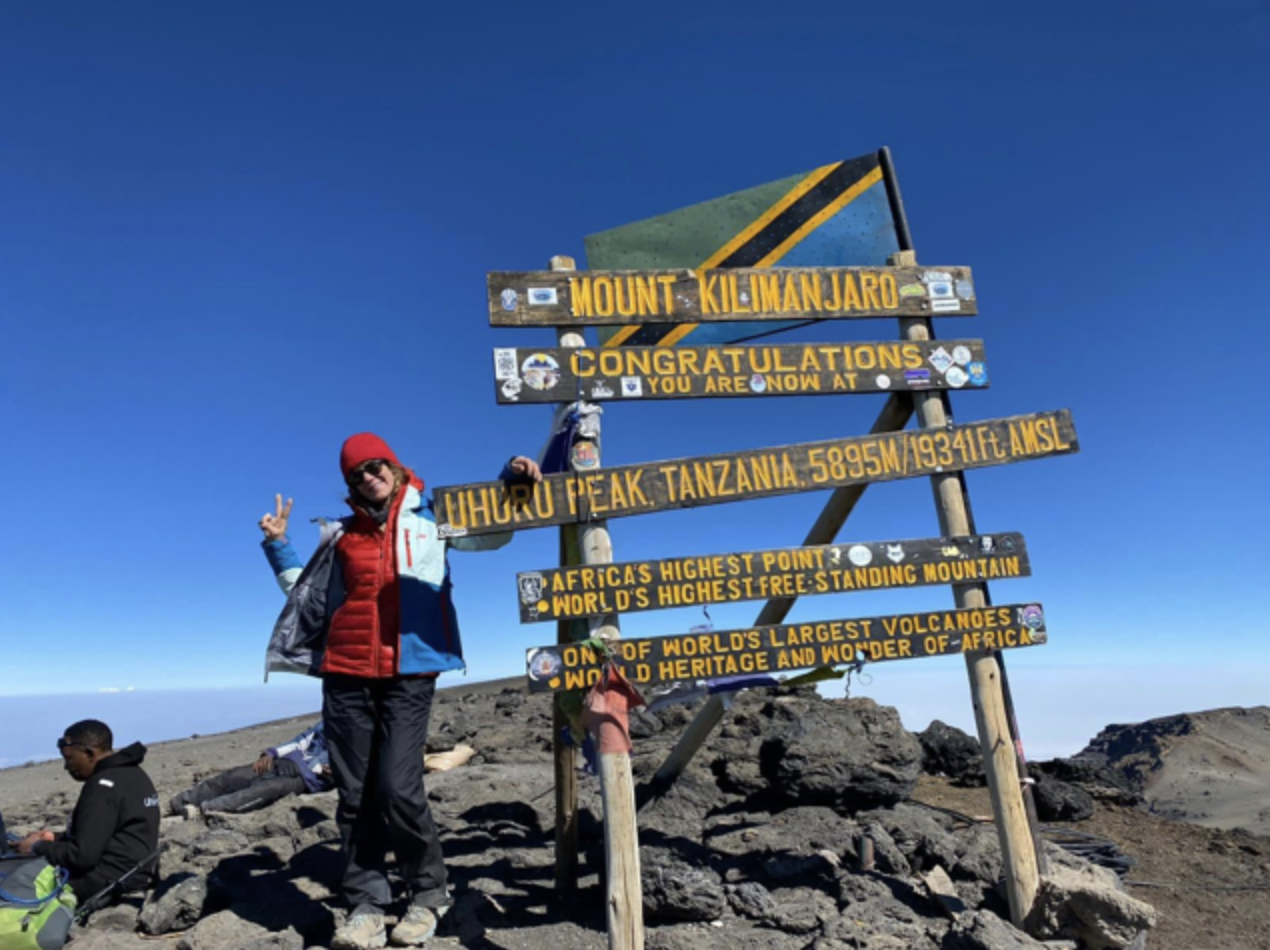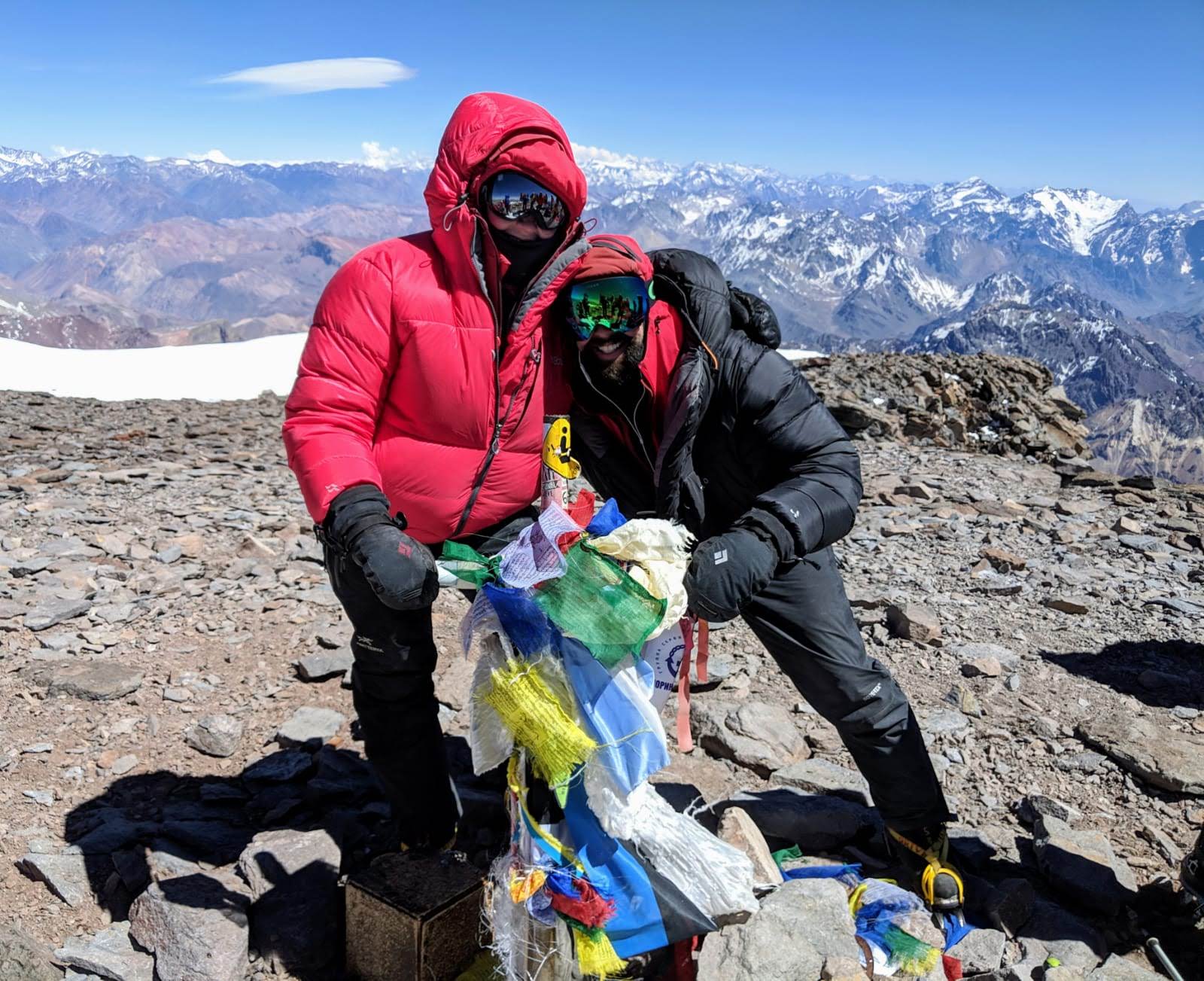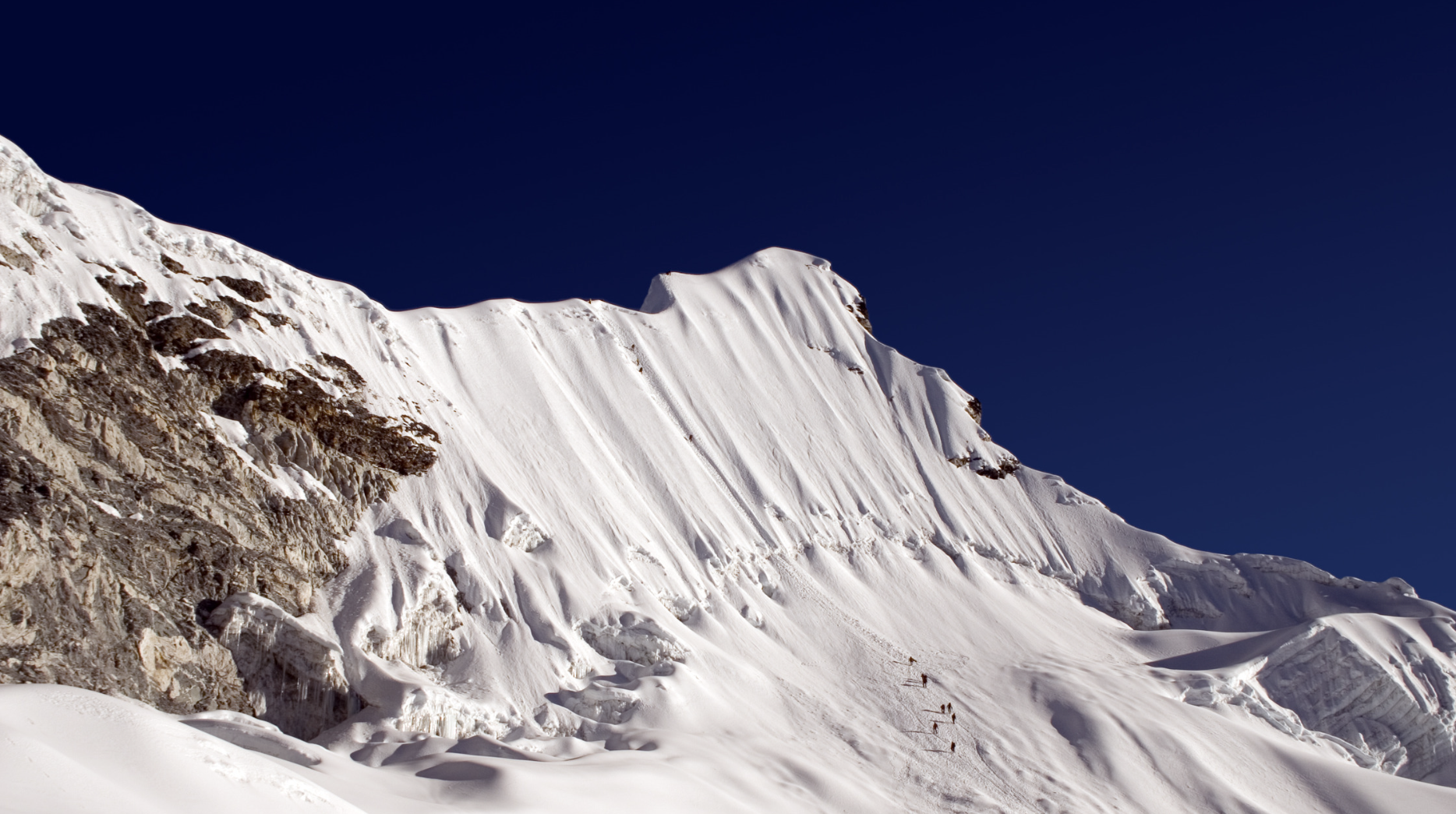Something I often get asked is, “What are the best snacks for climbing *insert peak/route* /mountains?”
And my response remains steadfast – every body is unique. I vividly recall an encounter with an Italian lady while ice climbing, where we coincidentally took a break at the same spot. As I unveiled my homemade trail mix, she delighted in an actual wedge of parmesan, relishing it like a chocolate bar.
The crucial aspect lies in the quantity you consume per hour while in motion and ensuring your snacks meet as many of these criteria as possible:
1. Foods you genuinely enjoy, both at sea level and at 7,000m+
2. Easy to carry, with no risk of melting or crumbling when compressed
3. Rich in essential fats and carbohydrates
4. A reliable source of fiber
5. Calorie-dense – appetite often diminishes at high altitudes due to increased Leptin and decreased Ghrelin levels, making it crucial to maximise calorie intake with every bite.
Eating wisely and in the right amounts at high altitude is vital for optimising your performance. While it represents a mere fragment of the success puzzle, neglecting this piece will forever leave your puzzle incomplete.
So, let’s get into it and start with how much you should be eating…
Optimal intake during trekking/climbing:
0 to 2hrs – 30g carbs/hour
2hrs to 3hrs – 60g carbs/hour
3hrs+ – 90g carbs/hr

The 6 Best High Altitude Snacks
1. Homemade Trail Mix
I shared my recipe with you a few weeks ago. Here’s the link to the recipe if you missed it!
2. Energy Gummies
GU Energy Chews, particularly the watermelon flavour, are a personal favourite and highly recommended by my clients. They are convenient to eat and rich in BCAAs and amino acids for post-activity recovery.
3. Sticks of Salami
Although unconventional, salami is an excellent choice for those who enjoy salty foods. It offers protein and fats and tends to induce thirst, encouraging hydration.
4. Soreen Loaves
These malt loaves, are the best and my go to breakfast for early starts when I normally don’t feel like eating! They withstand being squashed, smashed, or flattened without crumbling and provide a delicious source of energy
5. Salted Nuts
An ideal choice for salt enthusiasts, salted nuts offer both flavour and nutritional benefits.
6. Dried Fruits
Dried fruits are fantastic sources of fibre but make sure they don’t cause you to get bloated or gassy, as these issues often arise with certain types of dried fruit.
As a final tip, make sure you test your snacks at home first. By doing so, you can cut out any foods that might upset your stomach, sparing yourself unpleasant surprises on the mountainside.
Preparing for a high altitude expedition requires more than just perfect snacks; your pre-expedition nutrition plays a vital role. Ideally, you should aim for a light and lean physique rather than being overly muscular or overweight.
Here’s why:
1. Heaviness hinders efficiency: Being heavy, whether from excess weight or excessive muscle, demands more effort for each step, making the ascent more challenging.
2. Oxygen supply: Increased muscle mass necessitates more oxygen, which can be less than ideal in thin-air environments.
Your goal before departure should be to achieve a leaner and more agile body.
If this seems impossible or challenging, know that it’s not. Even for you.
In my coaching programs, I tailor exact calorie and macronutrient plans to help my clients shed excess weight while maintaining strength and training performance. They emerge lighter, leaner, and capable of giving 100% throughout their training, fuelling their bodies the right way. It’s a win-win situation!
This is another one of those small puzzle pieces that if left unchecked will result in the entire puzzle not being complete. I’d love to help you with that piece. Book in a call today and I’ll show you how you can hit your ideal weight and at the same time, get ridiculously fit for your high altitude expedition.
If you’re not ready to start working with a High Altitude Coach just yet then I have a fantastic alternative for you…
Subscribe now to my exclusive newsletter, “The Summit Seeker’s Dispatch,” and unlock a world of weekly expert high altitude advice and best practices. Delve into the realms of training, nutrition, altitude, and gear, all meticulously tailored to empower you in becoming fitter and stronger for your next high altitude endeavour.





